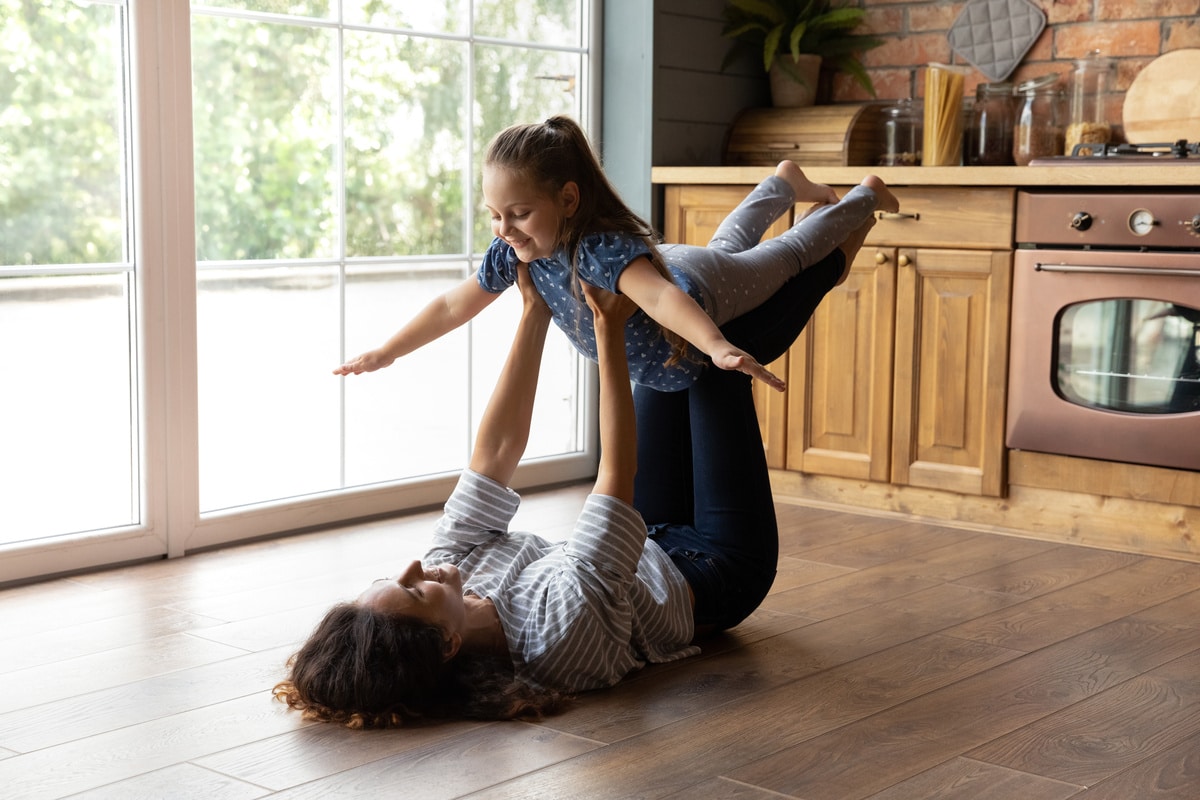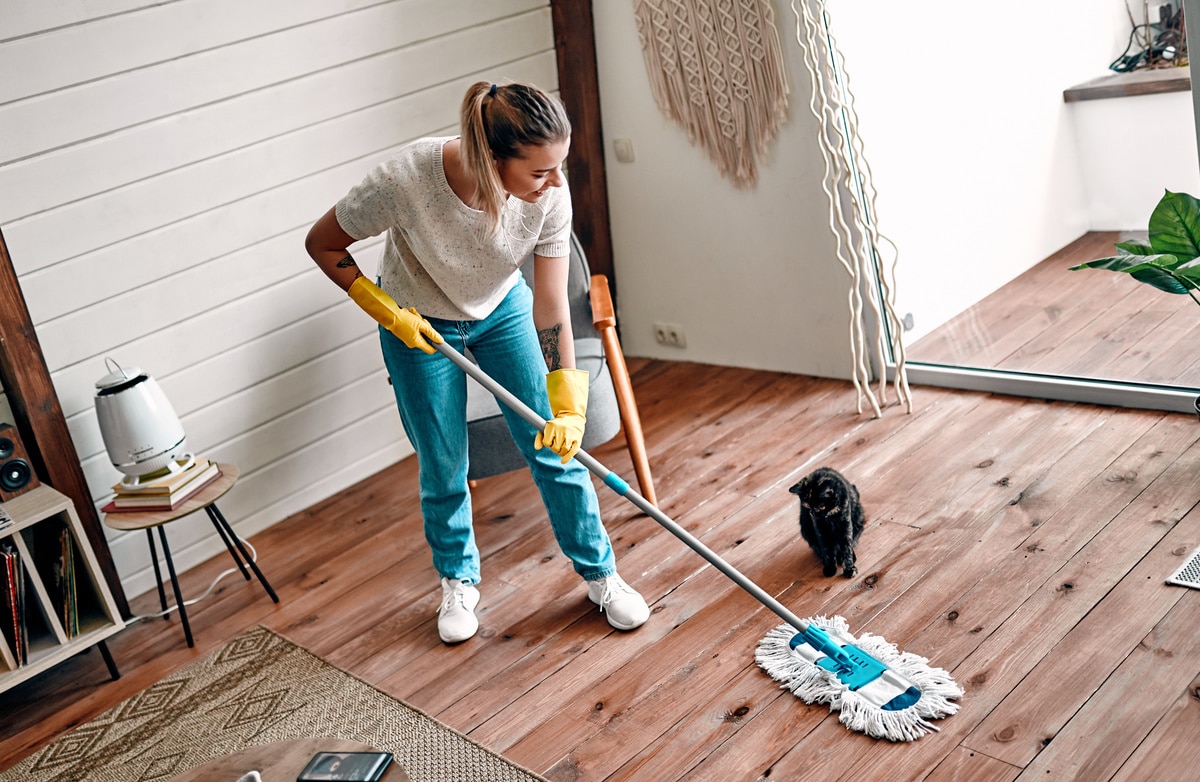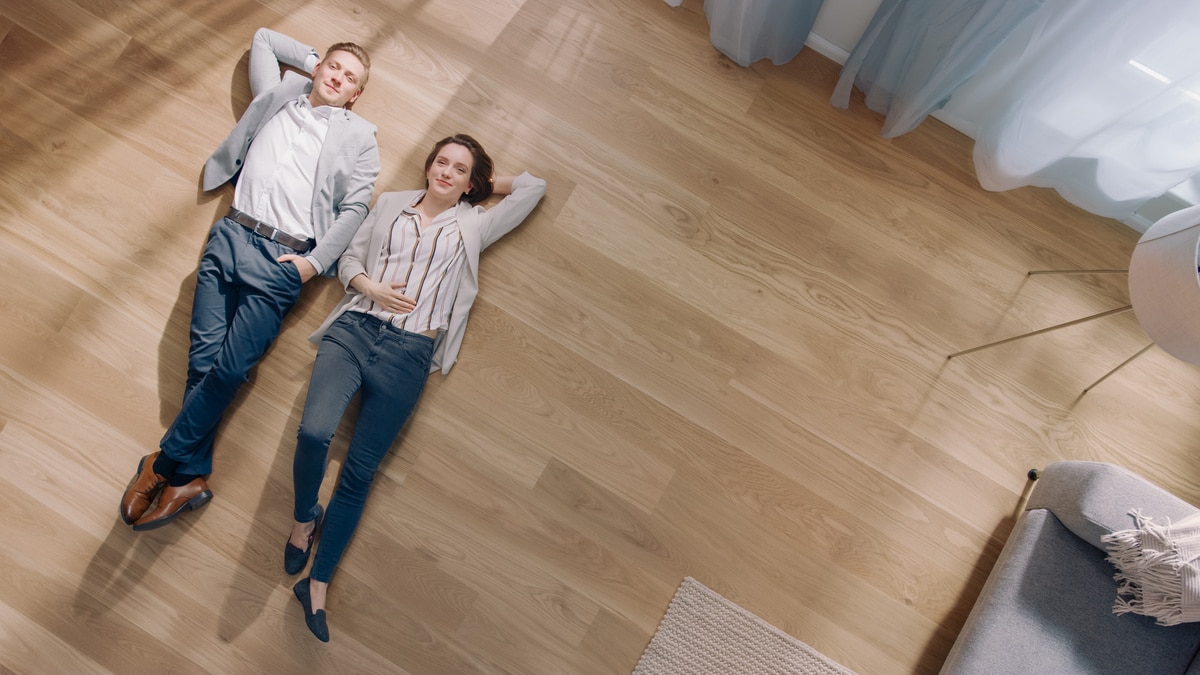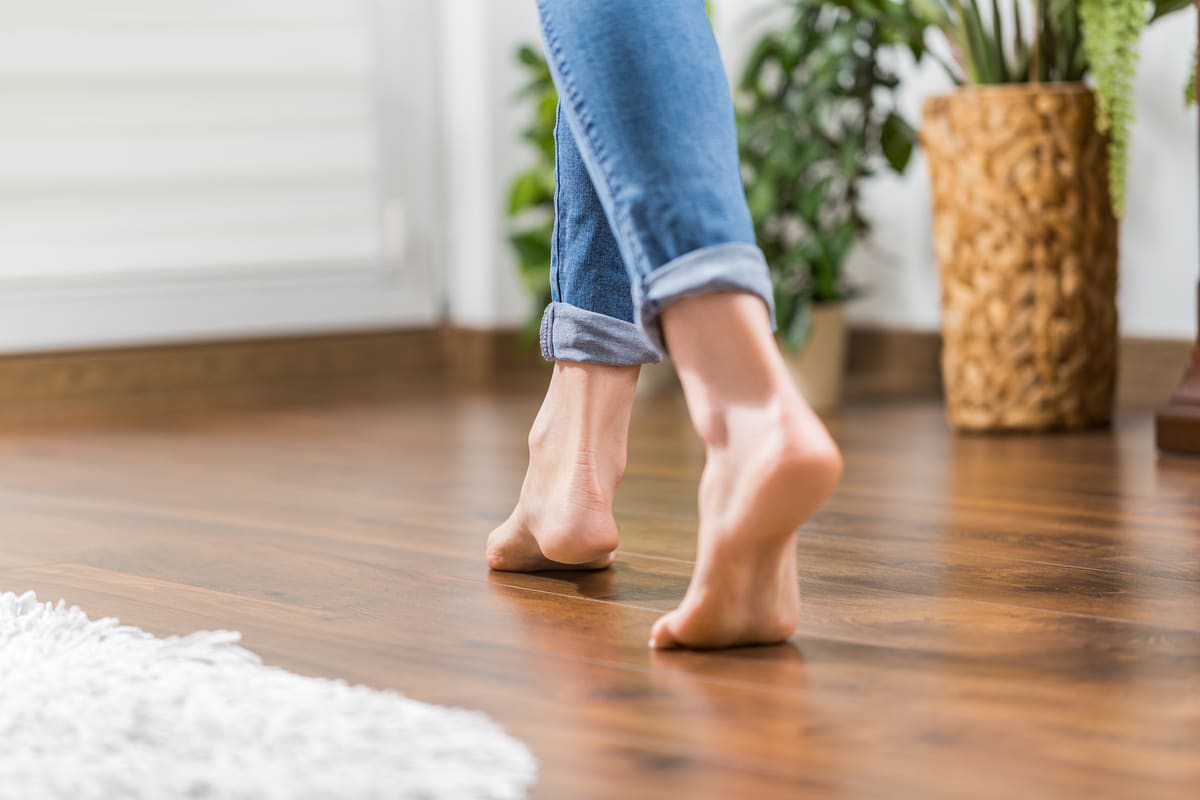Indoor air quality is of utmost importance. It can either make your home beautiful and comfortable or drive you towards asthma and allergies.
Residences and businesses spend a lot of time and money on maintaining the air quality inside their building. They use filters to remove small particles, smoke, dust, and more. They do this because they understand what kind of impact poor air quality has on a person’s health and well-being, and it can definitely affect work performance.
One of the most important things to do when building or renovating your home is to choose a flooring material that not only looks great, but is healthy too. Certain flooring options can leave you vulnerable to dust and dirt mites, airborne bacteria and allergens, and they can worsen common indoor air quality problems such as mold or mildew. By choosing certain hardwood floors, carpet or rugs for your home, however, you can bring comfort, style and extra protection into every room.
There are a few factors that determine whether your flooring will affect the quality of your indoor air. The materials used in its construction will have the greatest impact, particularly if these materials contain volatile organic compounds or contribute to indoor humidity levels.
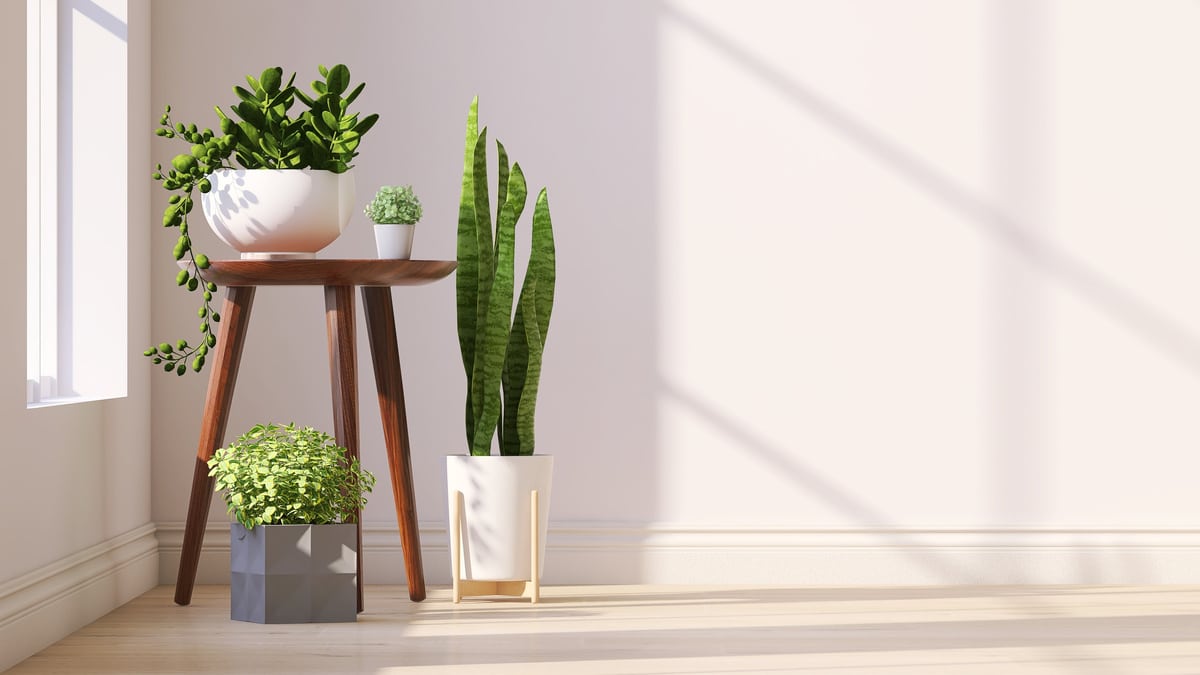
Here are some of the contaminants that could be in your flooring:
Volatile Organic Compounds
Do you know that our world is full of dirty air? It isn’t just the air outdoors; it’s also the air in your own home. VOCs, or Volatile Organic Compounds, are polluting our indoor spaces and harming our health.
Volatile Organic Compounds (VOCs) are a group of chemicals that easily evaporate at room temperature and that contribute to poor indoor air quality. VOCs include a wide range of chemicals such as solvents, plasticizers, resins, paint thinners and varnishes, cleaning products, paints, pesticides and air fresheners. All of these products can emit VOCs into the indoor air.
The materials in certain types of flooring can release compounds that are toxic to your health. Don’t take chances with the health of you and your family, prevent VOCs with a cutting edge solution:
Asbestos
A common contaminant in flooring and air quality, asbestos can pose serious health risks to you and your family. It’s important to know where it’s found, how it can affect your health, and how to protect everyone in your family from exposure.
Asbestos was once used in a lot of construction products because it is inexpensive and easy for manufacturers to handle. Asbestos is generally white or brown and does not conduct electricity when dry. It is this property that made it an ideal component of insulation, fireproofing and floor tiles. Asbestos found in manufactured building materials can become airborne over time due to friction, which occurs easily during normal operation.
If you are planning to re-floor an existing floor, select new flooring with asbestos-free underlayment. Asbestos content has been banned or tightly regulated from most building materials and products because of its well-known toxicity. Manufacturers and suppliers may still use asbestos for some products.
For example, asbestos is often used in adhesives that bind the base layers of vinyl flooring together. Or sometimes asbestos is used as a filtering agent in ventilation systems that remove dust, dander, and other allergens from the air.
Allergens
Allergens include pollens, mold spores, dust mites, animal dander, and many others. All of them are present in the air you breathe. If you or someone in your household is sensitive to the allergens in your home, it could lead to a restricted lifestyle and make you sensitive to other things that cause allergic reactions.
Not all hardwood flooring is created equal. Some may contain harmful contaminants that can trigger allergies, asthma, breathing difficulties and other respiratory problems.
Hardwood flooring is durable, low maintenance, and has a wide range of styles. But it can also cause allergens to get into the air. Luckily, there are some great choices for allergy-friendly hardwood flooring that meet ‘‘Greenguard’’ standards. These floors are made of solid wood and use glue-less construction to minimize allergens in the air.
Mold
Mold is a living organism that grows in the form of spores. When mold is disturbed, a fine powdery material called mold sporing is released. These fungal spores live in every home and are present indoors where there is moisture. The most common places to find mold are on bathroom walls and underneath sinks. If left unattended, mold can spread from these areas to other areas (such as floors, ceiling tiles, and carpeting).
Moisture and warmth are the two necessary ingredients for mold to grow. On the other hand, proper ventilation and the proper temperature help combat this fungus that could be in your flooring and air quality.
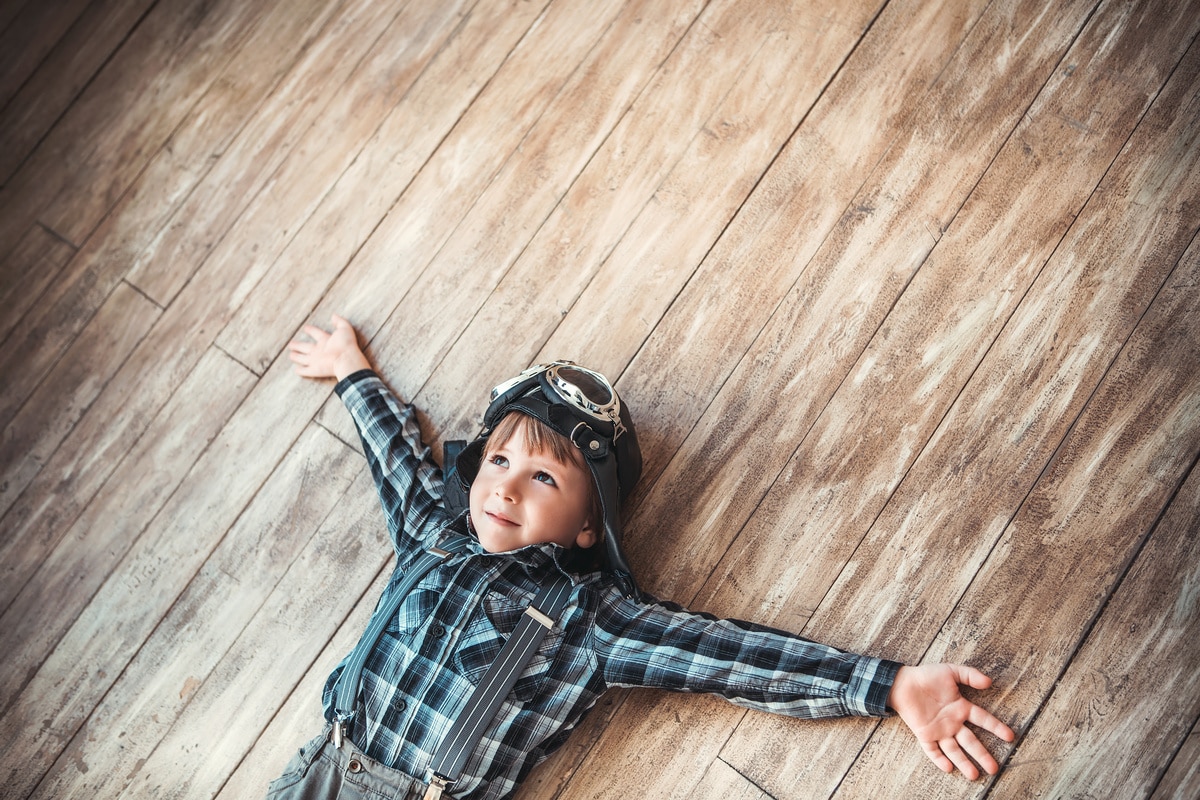
Best Flooring for Indoor Air Quality
The best flooring for indoor air quality can be determined by the amount of volatile organic compounds (VOCs) in the flooring—the fewer VOCs, the better. Many factors contribute to indoor air quality, and the type of flooring material in your home is one of them.
Some flooring materials can have negative effects on indoor air quality and should be avoided if you or someone in your family suffers from allergies or other breathing problems.
Learn more about what flooring materials are best for your home and family.
Hardwood
Hardwood is a great flooring option for families with members who have allergies because it requires minimal finishes. As a result, it produces limited VOCs and less particulate matter.
Hardwood flooring is a classic choice for bringing authority, comfort and beauty to indoor spaces. Cleaning performance – Selecting hardwood for use in medium to heavy-traffic areas requires top performance. Like no other wood flooring, hardwood can be cleaned easily.
Even without professional cleaning services, you can clean your hardwood floors at home with the right products and equipment. Hardwood floors that have been sealed by an authorized installer are even easier to clean. Other benefits include antibacterial properties, thermal insulation, and increased air circulation.
Luxury Vinyl
Luxury Vinyl Flooring is the number one floor mat for indoor air quality because it is vinyl. It is a rubberized material that never needs to be refinished, and maintains a clean look-and-feel for years.
Versatile Luxury Vinyl flooring is a great choice for every room in the house, especially the kitchen and bathroom. Luxury vinyl is durable enough to stand up to heavy foot traffic, as well as daily vacuuming and scheduled mopping. Vinyl stands up to dents and scratches, making it one of the most resilient flooring materials.
With the ability to withstand high moisture levels created by cooking or bathroom activity, luxury vinyl floors are ideal for wet areas like kitchens and bathrooms. Luxuries vinyl can offer an inexpensive alternative to hardwood floors, but doesn’t sacrifice style.
Tile
A properly installed tile floor is one of the most durable flooring choices for your home. Tile floors add beauty, value and resale to any room in the house, especially today’s modern styles like subway tiles, marble tiles and wood look tiles.
Tile floors are easy to clean, comfortable to stand on, and easy to incorporate into a wide variety of designs. Because of this, tile flooring is especially beneficial for common high-traffic areas in your home such as the entryway and kitchen. In fact, tile flooring has been shown to help improve indoor air quality as well by absorbing pollutants and having higher resistance to moisture than wood or carpet flooring.
Laminate
Vinyl Laminate flooring has proven itself as a healthy, versatile, and durable alternative to carpet. Vinyl flooring is moisture resistant and offers incredible durability with its three-layer construction. Laminate is the ideal material for areas of your home with foot traffic, children, and pets.
Laminate is a sheet flooring product that comes with a designed layer of wood grain and soft padding material. Laminate is easy to install and comes in different colours. Laminate floors are perfect for homes that are prone to damage from moisture, spills or heavy wear and tear. Laminate floors can be cleaned easily with water or soap to remove dirt from shoes. When laminate gets wet, it dries quickly.
Low-Pile Wool Carpet
Low-pile wool carpet is spun by many manufacturers as a commercial quality carpet. It can be found in public spaces such as schools, hospitals, hotels and offices. Wool no longer has the bad reputation it once had of the wool of sheep that are housed in stale barns with lots of hay all around their feet.
Many new low-pile wools today are produced with the pollution of the environment and health and safety of children and adults as a priority. These wools have an industry recognized level of insulation which will keep a room warm in winter or cool in summer.
Low-pile wool carpet has many advantages – it is naturally stain-resistant and allergen-resistant, it’s soft and cushy (it can retain up to 30% of its weight in moisture), and it provides optimum acoustics. Wool carpets are, however, more expensive than synthetic or nylon carpeting.
Final Thoughts
Flooring materials are often used by people and occupants of a building for a minimum of eight hours per day and in many cases 12. This means that whatever chemicals are in these products can leach out upon contact with the skin, hands and legs.
Predicting human responses to indoor contaminants is difficult because some individuals are more susceptible to effects than others. In addition, the path from exposure to health effects may be very long and involve multiple steps. Nevertheless, it is prudent that building owners, facility managers, and other parties with responsibility for indoor air quality be aware of how environmental factors such as flooring material can affect the long-term cost of maintaining a healthy workplace.




